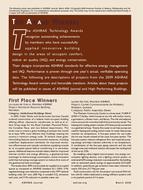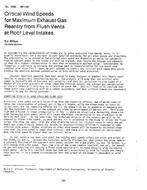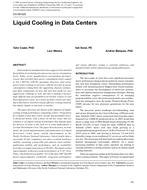Recent studies suggest a promising application of Personal Comfort Systems (PCS) as a means to reduce building energy consumption through decentralized user control of space conditioning. Utilization of PCS, especially within the constraints of historic buildings, can provide a localized heating and cooling microclimate for the user rather than the conventional “one size fits all” centralized approach. To this end, this paper conducts a numerical airflow investigation for a novel Thermally Active Student Desk (TASD) system installed in a case study historical building. The proposed integrated architectural approach aims to address thermal comfort and energy efficiency while meeting preservation requirements in the case study building.
Product Details
- Published:
- 2022
- Number of Pages:
- 9
- Units of Measure:
- Dual
- File Size:
- 1 file , 2.3 MB
- Product Code(s):
- D-BCS22-C008
- Note:
- This product is unavailable in Russia, Belarus


